Have you ever come across a small, wrinkled, pinkish fruit while dining in a traditional Japanese restaurant? It’s called umeboshi, and it’s no ordinary side dish.
This sour plum holds a rich history and revered status in Japanese cuisine that goes beyond its appearance.
From ancient preservation techniques to its unique flavor profile, umeboshi is a fruit that has been cherished for centuries.
Its culinary versatility allows it to enhance the flavors of various dishes, leaving a distinct sourness that lingers in your memory.
But umeboshi isn’t just about taste; it also boasts numerous health benefits, from aiding digestion to reducing fatigue. To fully appreciate and incorporate this extraordinary plum into your diet, understanding how to preserve and store it is crucial.
Join us as we delve into the fascinating world of umeboshi and uncover why it has captured the hearts and taste buds of many. Get ready to embark on a journey that will leave you craving for more.
The Origins of Umeboshi
Umeboshi, a traditional Japanese pickled plum, traces its origins back to ancient China before becoming a staple in Japanese cuisine.
You might wonder how this sour delicacy, steeped in history, can empower you in today’s fast-paced world. It’s simple. Understanding its journey from ancient preservation methods to your modern-day plate gives you control over your culinary and nutritional choices.
Initially, umeboshi served as a means to preserve plums for out-of-season consumption. The Chinese discovered that salting and fermenting these plums extended their shelf life, a technique that didn’t just keep the plums edible but also enhanced their health benefits.
When this preservation method made its way to Japan around the 8th century, the Japanese refined it, turning umeboshi into a cultural icon.
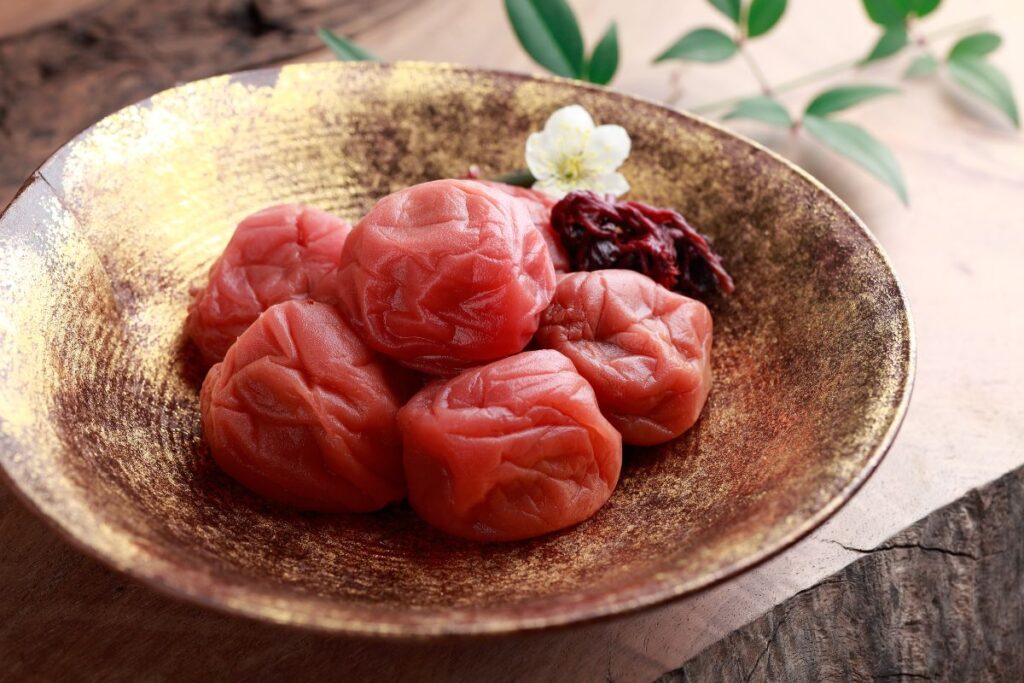

How Umeboshi Is Made
To understand the unique taste and health benefits of umeboshi, let’s dive into how these sour plums are transformed through a meticulous pickling process.
Initially, you’ll need to harvest ume plums at just the right moment, when they’re ripe and full of flavor. This timing is crucial for achieving the desired balance of sourness and sweetness.
Once harvested, you’ll wash the plums thoroughly, removing any impurities. You then soak them in clean water to eliminate bitterness, a step that demands patience and precision.
After soaking, you’ll arrange the plums in a container, layering them with sea salt. The salt ratio is vital here; too little won’t preserve the plums properly, while too much can overpower their natural flavors.
Next, you’ll place a weight atop the layered plums, initiating the fermentation process. This step requires careful monitoring to ensure the environment is conducive to fermentation without allowing mold to develop.
Over weeks, the plums ferment, and their flavor intensifies.
Culinary Uses and Pairings
After exploring how umeboshi is meticulously made, let’s look at how you can incorporate these tangy plums into your meals and discover their versatile pairing options.
You’ve got the power to transform any dish with just a few of these potent fruits.
Start by chopping them up finely and stirring them into rice dishes for an unexpected zing. Or, take control of your salad dressings by whisking in umeboshi paste for a tart, flavor-packed emulsion that’ll elevate your greens.
You’re not limited to traditional Japanese cuisine, either. Mix umeboshi with cream cheese for a daring spread on your morning bagel, or blend it into smoothies for a sour kick that’ll wake you up better than any alarm.
For those who command their kitchen with an adventurous spirit, try pairing umeboshi with dark chocolate for a dessert that defies expectations, balancing sweet richness with sharp acidity.
Your culinary creativity knows no bounds with umeboshi. Whether you’re tweaking your favorite recipes or crafting something entirely new, these plums offer you a unique way to assert your flair and impress with every bite.
Take charge, experiment, and let umeboshi’s distinct flavor guide you to your next kitchen masterpiece.
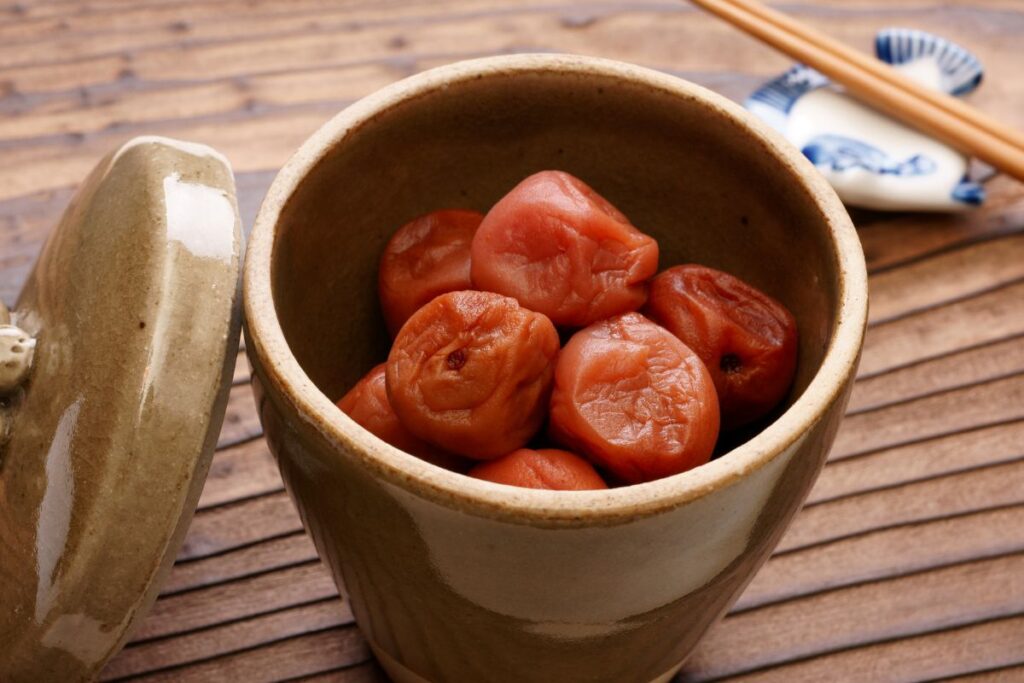

Health Benefits Unveiled
Delving into the health benefits, you’ll discover that umeboshi plums aren’t just a culinary delight but also a powerhouse of nutrition. These sour plums pack a punch, offering you a unique way to take control of your health.
Rich in antioxidants, they combat oxidative stress, helping you fend off chronic diseases. You’ll appreciate knowing that incorporating umeboshi into your diet can enhance liver function, promoting detoxification and improving your body’s resilience against toxins.
Moreover, umeboshi plums are a boon for digestion. Their high fiber content ensures your digestive system runs smoothly, preventing common issues like constipation and bloating.
You’re also getting a natural remedy for nausea, making these plums a must-have for those who want to keep their stomachs settled, especially during travel.
But that’s not all. Umeboshi’s alkalizing properties help maintain your body’s pH balance, supporting overall well-being and vitality. For those seeking to control their health naturally, umeboshi offers a multifaceted approach.
You’re not just enjoying a delicious ingredient; you’re embracing a lifestyle choice that empowers you to take charge of your health, one plum at a time.
Preserving and Storing Umeboshi
Having explored the health benefits of umeboshi, let’s now focus on how you can preserve and store these nutritious plums to enjoy their advantages year-round.
First off, it’s vital to ensure your umeboshi are thoroughly dried after the pickling process. This step is crucial for longevity.
Lay them out under the sun for a day or two until they’re completely dehydrated. This method not only preserves them but also enhances their flavor.
Next, find a cool, dark place for storage. Umeboshi’s high salt content naturally wards off spoilage, but light and heat can degrade their quality. An airtight container is your best bet to keep moisture out.
Glass jars work excellently for this purpose, ensuring your umeboshi remain potent and delicious. If you’ve opted for vacuum-sealed bags, even better. They’ll last even longer and take up less space in your pantry or fridge.
Conclusion
So, you’ve delved into the world of umeboshi, discovering its origins, how it’s made, its culinary versatility, and the amazing health benefits it offers.
Now, knowing how to preserve and store these sour plums ensures you can enjoy their unique flavor and health perks for a long time.
Whether you’re adding them to your meals for a tangy twist or seeking their nutritional benefits, umeboshi’s got you covered.
But hey, we understand that not everyone may be a fan of the intense sourness of umeboshi. Maybe you prefer a milder flavor or find the taste too overpowering.
We’d love to hear your thoughts! Leave a comment below and let’s know what you think about umeboshi. Are you a fan, or do you have reservations about its taste?
Your opinion matters, and we’re excited to hear from you. So join the conversation and share your thoughts on this culinary adventure!


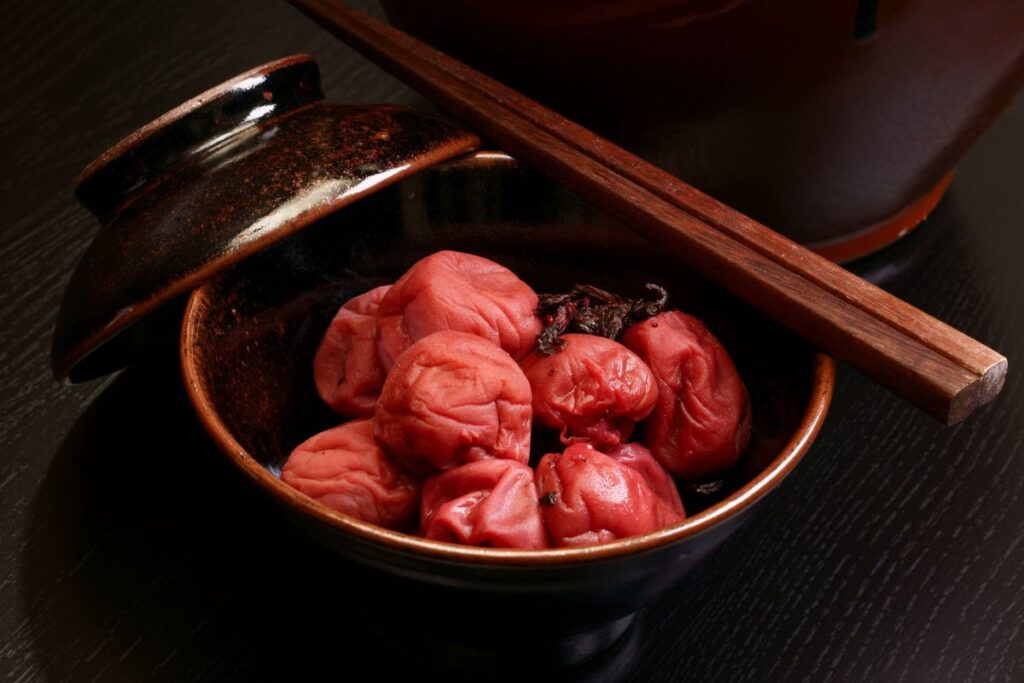

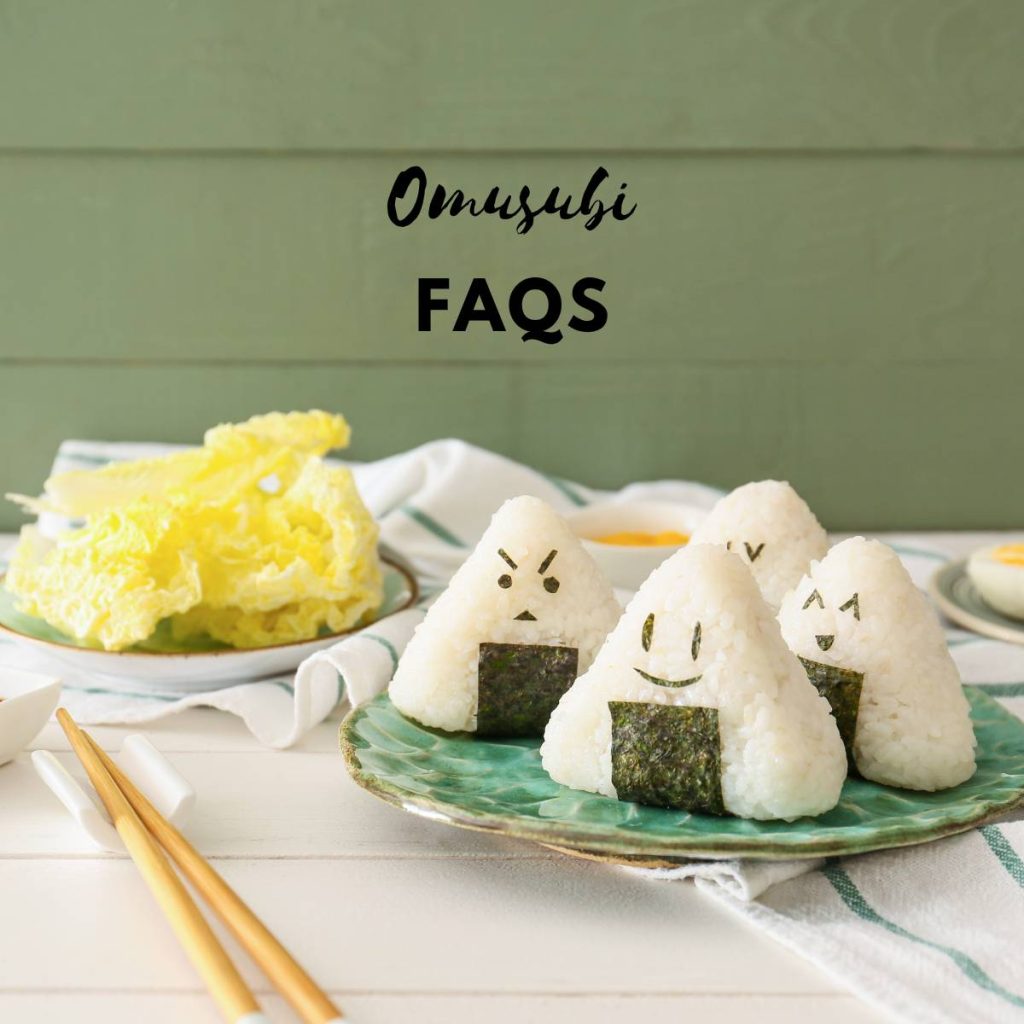
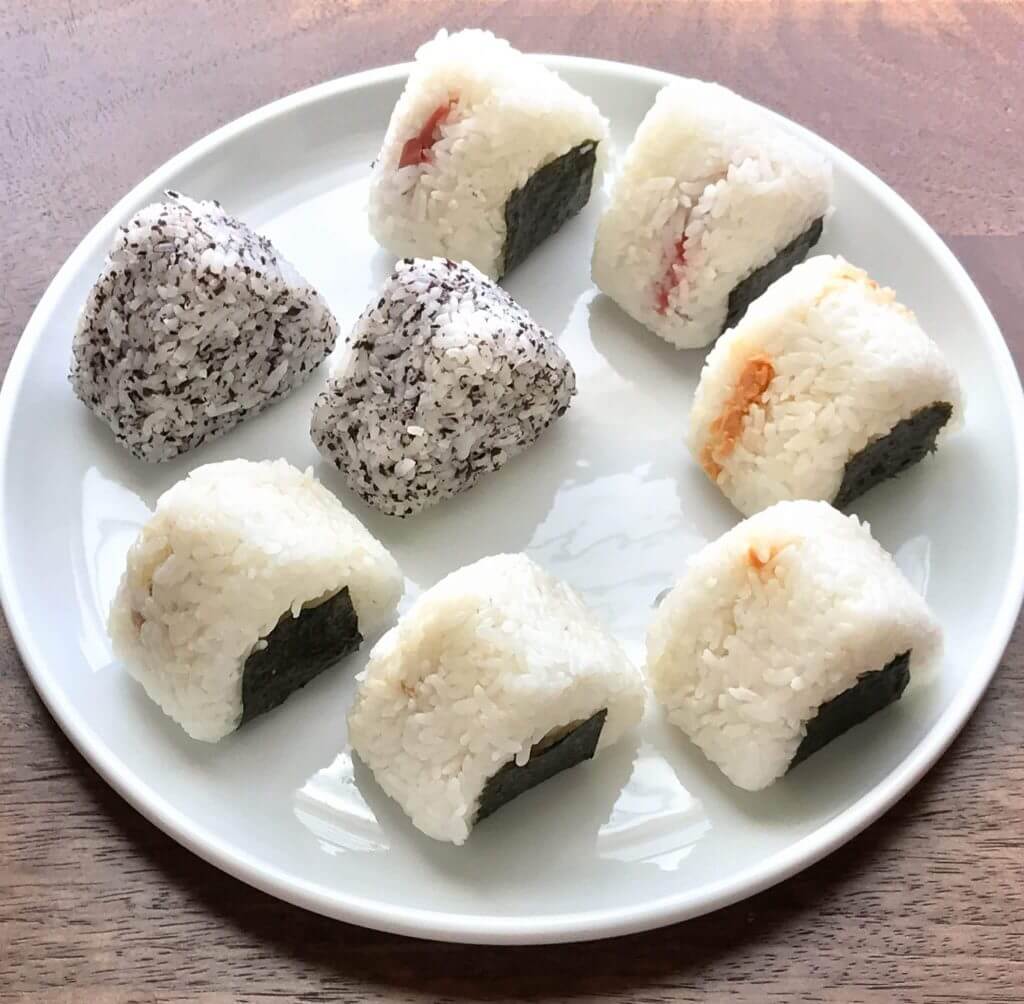
Konnichiwa! (Hello!) I'm Pat Tokuyama, a Japanese tofu cookbook author, who travels for music, food, and adventure. If you like Japanese tea, checkout some of the newestorganic japanese tea, matcha bowls and noren and more!
** Curious about the Plant Based Japanese Cooking Club? ** Learn more here!